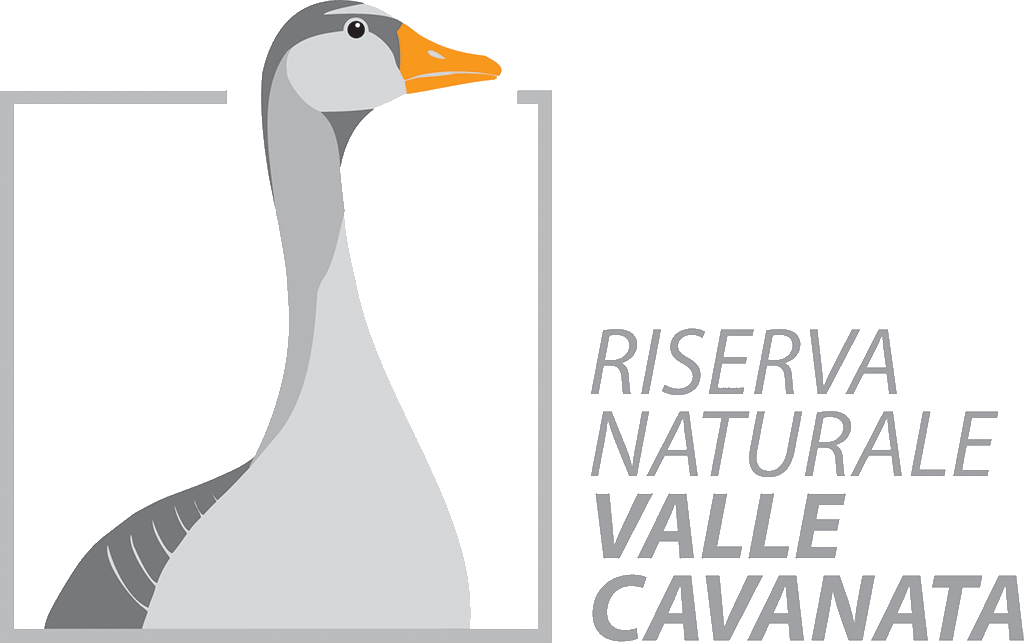The tide flats are located in front of the beach and are large muddy areas that remain uncovered during at low tide. In the Upper Adriatic the tidal range is quite large, the highest recorded in the Mediterranean, with normal values around 60 cm and maximum values of over 1m, due both to the particular meteorological conditions and the conformation of the tidal basin.
Tidal flats are defined as an extreme environment with inputs of freshwater. They have no thermal buffering capacity, heating up and cooling down quickly compared to the sea itself. When the weather is very hot, evaporation increases and there are also a considerable increases in salinity. This represents a favourable ecological condition for the development of phytoplankton, algae and flowering marine plants called sea-grasses. The latter’s leaves, or the blades of sea grass, are those strips often to be seen floating or washed up on sandy shorelines. These marine phanerogams are actually flowering plants that live anchored to sandy-muddy substrates forming submerged prairies, producing real flowers and fruits. They have ribbon-like leaves, an underground stem and a root system. These tidal flats are very rich in invertebrates, in particular crustaceans and molluscs, including the clams Chamelea gallina and Tapes decussatus and the various species of razorshell (Ensis minor, E. ensis, Solen marginatus). It is not an easy task for animals to live in these so-called transition waters, which are subject to constant changes in salinity and temperature. Organisms capable of withstanding significant variations in water salinity are called euryhaline species, while those capable of withstanding great a thermal range are called eurytherms. In the tidal zone the currents bring food and oxygen, while at low tide the organisms are subjected to powerful radiation, evaporation and predatory pressure from birds. Wading birds, in particular, frequent these areas, feeding in the wet conditions, their feet and beaks adapted to searching for prey on these muddy bottoms.
